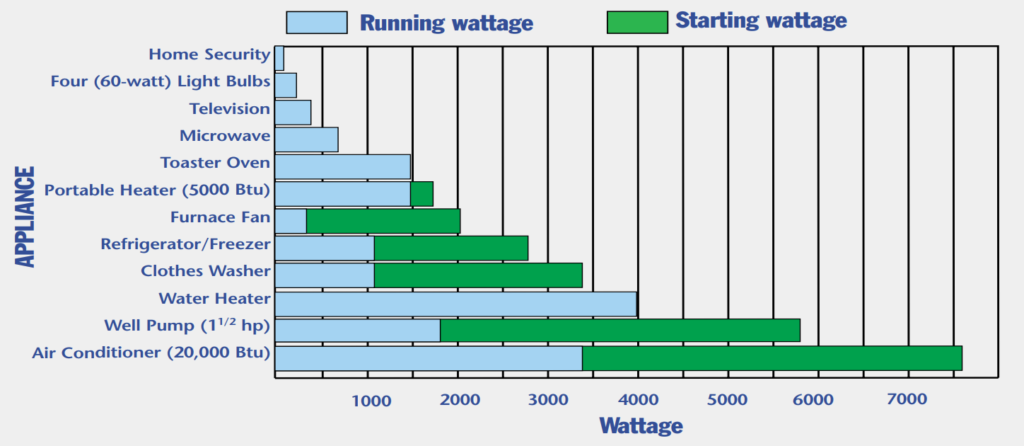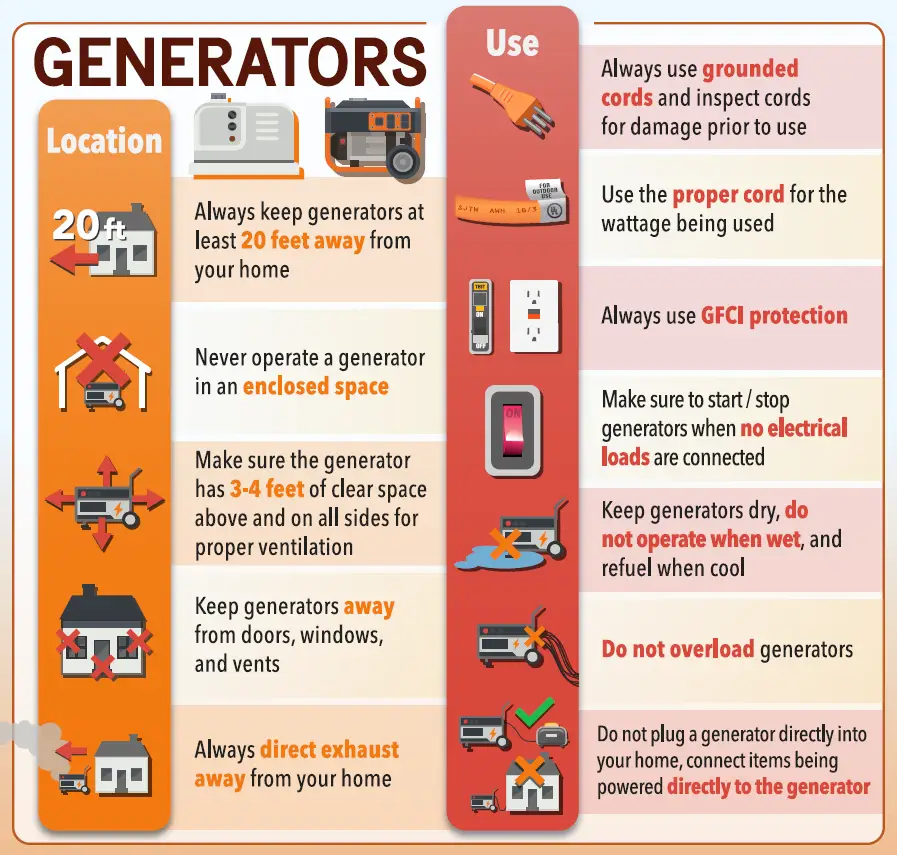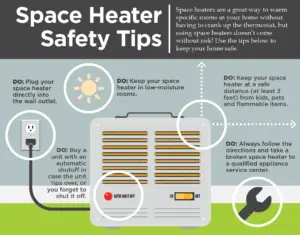You can use a portable generator to supply electricity during a power outage, but if used improperly they can injure or kill you or the personnel restoring power to your home, not to mention damage the appliances you connect.
There are two ways to safely use a portable generator during an outage:

The transfer switch method
The preferred and safest method is to have a double-throw, double-pole transfer switch installed by a qualified, licensed electrician. This gives your home a safe way to isolate your electrical system from the grid as well as a safe place to plug in your portable generator. These permanent setups utilize all existing home wiring and allow you to leave all appliances plugged into their respective power outlets. Installing the connection and switch can cost $600 to $1,000.
The extension cord method
Position the generator outside in a well-ventilated and dry location away from the house with the exhaust pointed away from the house. Run extension cords out of a cracked window directly to each appliance needing to be powered. Take care not to overload the rated current of any cord.
Don’t use the “Suicide” cord method
The aptly named “suicide” cord method is done by creating a very dangerous connecting cord with two male ends, turning off the main breaker to the home, and plugging the portable generator into a large appliance outlet. This configuration introduces numerous hazards to the home, occupants, and lineworkers and is NEVER recommended.
Generator sizing
Generator sizes vary, but it is very important to size them correctly. Common units can be from 8 to 14 horsepower and capable of handling from 4,000 to 8,400 watts (including starting surge requirements) and may range in price from $800 to $3,000. Even the larger portable generators might not be large enough to handle the load of all the lights, appliances, TV, etc. in your home at one time. Overloading can cause serious damage to the generator or appliances. To prevent dangerous overloading, calculate wattage requirements correctly beforehand (see chart below).

Before operating a generator, list all of the appliances that are going to operate at the same time. Then determine the starting wattage requirements and the running wattage requirements.
The starting load lasts only for a few seconds, but is very important when figuring your total wattage to be used. Your generator must be rated to handle the total wattage. Ratings shown here are samples. Wattage requirements vary with different brands of appliances. Be sure to check the nameplate on the appliances you plan to use. Always start your largest electric motor first, then plug in other items one at a time.





